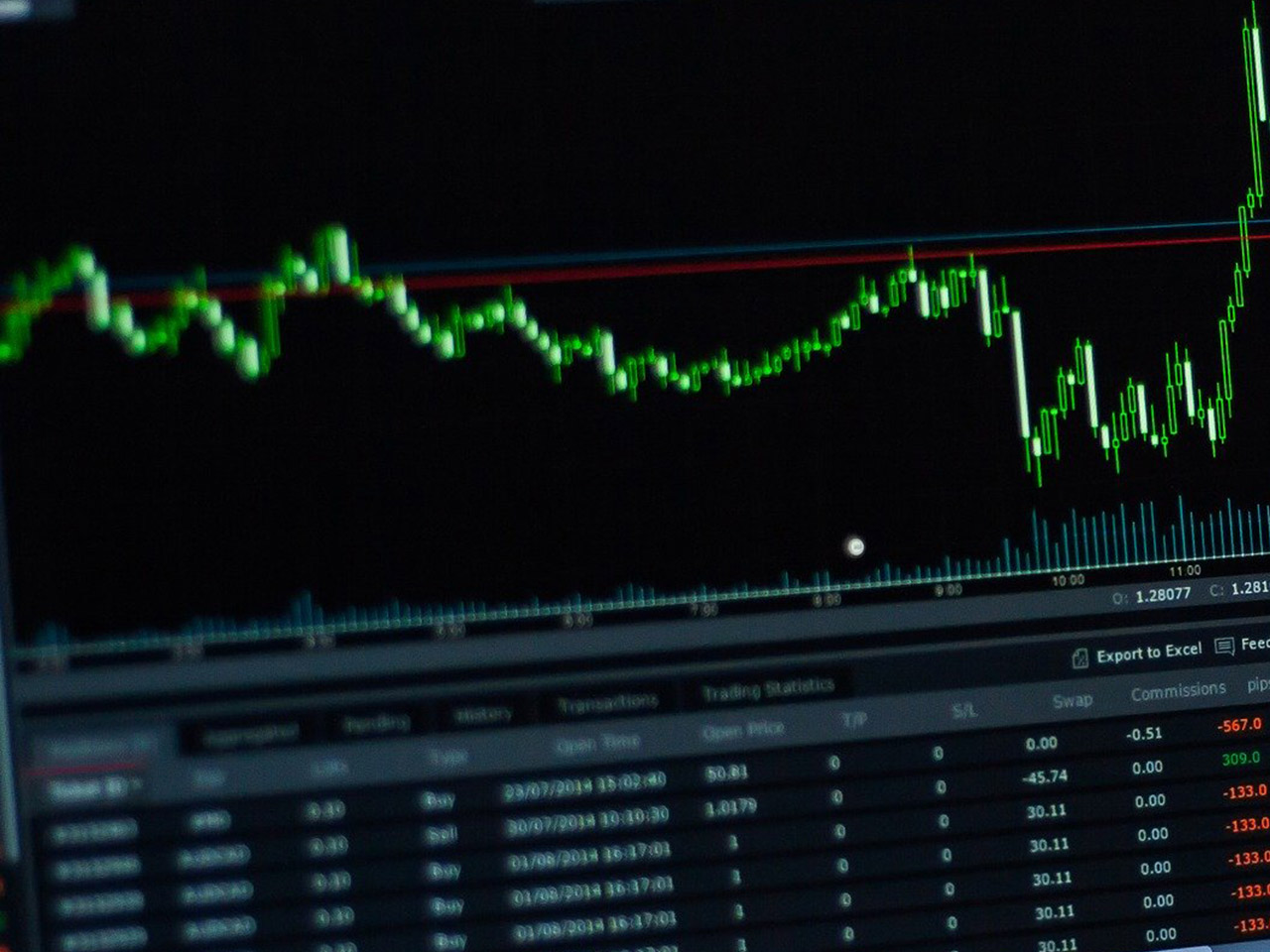Senseonics Holdings, Inc. (NASDAQ: SENS) stands out in the healthcare sector as a pioneering player in the medical devices industry, particularly for its innovative continuous glucose monitoring (CGM) systems designed for people with diabetes. Based in Germantown, Maryland, this commercial-stage medical technology company has carved a niche with its distinctive implantable CGM systems, including Eversense, Eversense XL, Eversense E3, and the anticipated Eversense 365. These systems offer a revolutionary approach by combining an under-the-skin sensor with a smart transmitter and a mobile app, allowing real-time diabetes management.
Despite Senseonics’ current market capitalization of $295.8 million, its stock is trading at $7.25, reflecting a modest 0.01% price change. The 52-week trading range of $5.08 to $26.20 underscores significant volatility, a common trait in emerging healthcare companies. This volatility, however, is coupled with substantial growth potential, as indicated by analysts’ target prices ranging from $9.00 to $40.00. The average target price of $25.33 suggests a remarkable potential upside of approximately 249.43%, a figure that is likely to catch the eye of risk-tolerant investors seeking high-reward opportunities.
Financially, Senseonics presents a mixed bag. The company does not currently report a P/E ratio or PEG ratio, reflecting a lack of profitability typical of many growth-stage companies focusing on innovation and market penetration. The forward P/E stands at -4.74, indicating expectations of continued losses in the near term. The absence of a price-to-book ratio and price-to-sales ratio further highlights its current financial strategy centered around growth rather than immediate profitability.
Revenue growth is a strong point, with a reported increase of 36.70%, showcasing the company’s expanding market presence and adoption of its CGM systems. However, this growth is offset by a significant negative EPS of -2.00 and a daunting return on equity of -102.61%, pointing to ongoing financial challenges. Free cash flow is also in the negative territory at -$30.87 million, reflecting the cash burn associated with scaling operations and product development.
From a technical standpoint, Senseonics’ stock is trading below both its 50-day and 200-day moving averages, at $8.76 and $12.15, respectively. The relative strength index (RSI) of 42.77 suggests the stock is currently neither overbought nor oversold, while the MACD at -0.52 and the signal line at -0.40 indicate a bearish momentum. These technical indicators may suggest caution in the short term, yet they also present potential entry points for investors confident in the company’s long-term growth trajectory.
Analyst sentiment reflects cautious optimism, with five buy ratings, two holds, and one sell rating. This indicates a general consensus that Senseonics has significant growth potential, but investors should be prepared for volatility and the inherent risks associated with investing in early-stage medical technology companies.
While Senseonics does not currently offer dividends, which might deter income-focused investors, its strategic focus on expanding the adoption of its CGM technology could lead to significant capital appreciation. Investors drawn to innovative healthcare solutions and willing to weather short-term volatility for long-term gains might find Senseonics an intriguing addition to their portfolios.
As Senseonics continues to innovate and expand its product offerings, close attention to its financial health, market adoption rates, and regulatory milestones will be crucial for investors considering this high-potential medical technology stock.






































